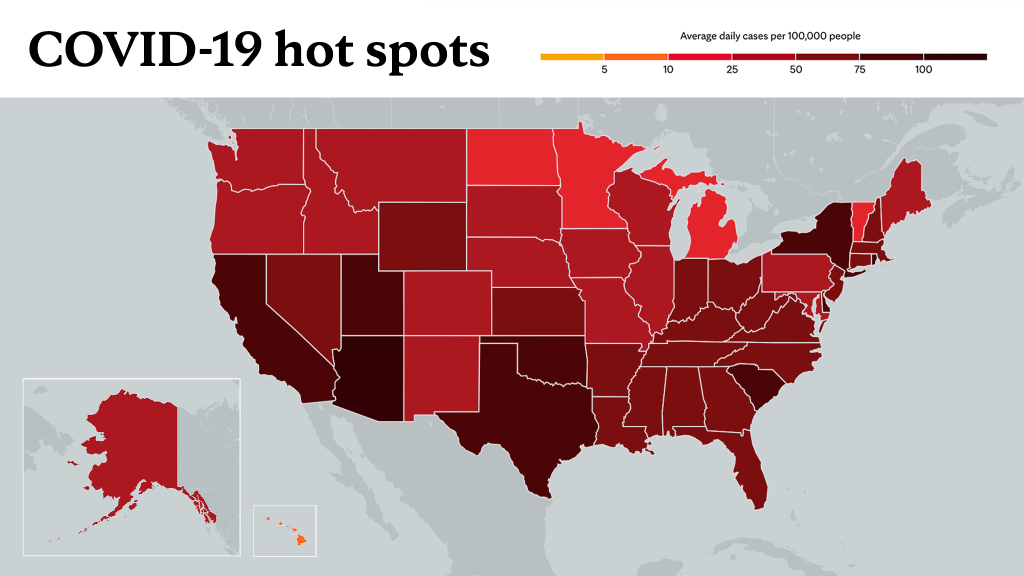-
COVID-19
What’s the concern with COVID-19 variants?

Currently, three new variants of the virus (SARS-CoV-2) that causes coronavirus disease 2019 (COVID-19) are creating concern. They include:
- A variant identified in the U.K. This COVID-19 variant (B.1.1.7) has 23 mutations. Several of these mutations are in the spikelike S protein that the virus uses to attach itself to the surface of human cells. Early research suggests that this variant spreads more easily and rapidly among people. The variant has been detected in many countries, including the U.S. There is no evidence that this variant has an impact of the effectiveness of COVID-19 vaccines.
- A variant identified in South Africa. This variant (B.1.351) has multiple mutations in the S protein. Early research suggests that this variant is associated with higher amounts of virus in the body (viral load), which might make it easier for the variant to spread among people. The variant has been detected in a few other countries. Some evidence suggests that this variant might be less vulnerable to antibodies that can neutralize COVID-19.
- A variant identified in Brazil. This variant (P.1) has 17 mutations, including 3 in the S protein. Some evidence suggests that this variant might spread more easily among people and be less vulnerable to antibodies generated by a previous COVID-19 infection or a COVID-19 vaccine.
There is no evidence that these COVID-19 variants cause more-severe illness with COVID-19 or an increased risk of death due to COVID-19.
In addition, new research that still needs to be finalized suggests that the Pfizer-BioNTech COVID-19 vaccine can protect against one of the mutations found in the variants identified in the U.K. and South Africa.
Further research is needed. In the meantime, keep following precautions for avoiding infection with the COVID-19 virus.
This article is written by Mayo Clinic Staff
________________________________________
Information in this post was accurate at the time of its posting. Due to the fluid nature of the COVID-19 pandemic, scientific understanding, along with guidelines and recommendations, may have changed since the original publication date.
For more information and all your COVID-19 coverage, go to the Mayo Clinic News Network and mayoclinic.org.
Learn more about: Tracking COVID-19 and COVID-19 trends








